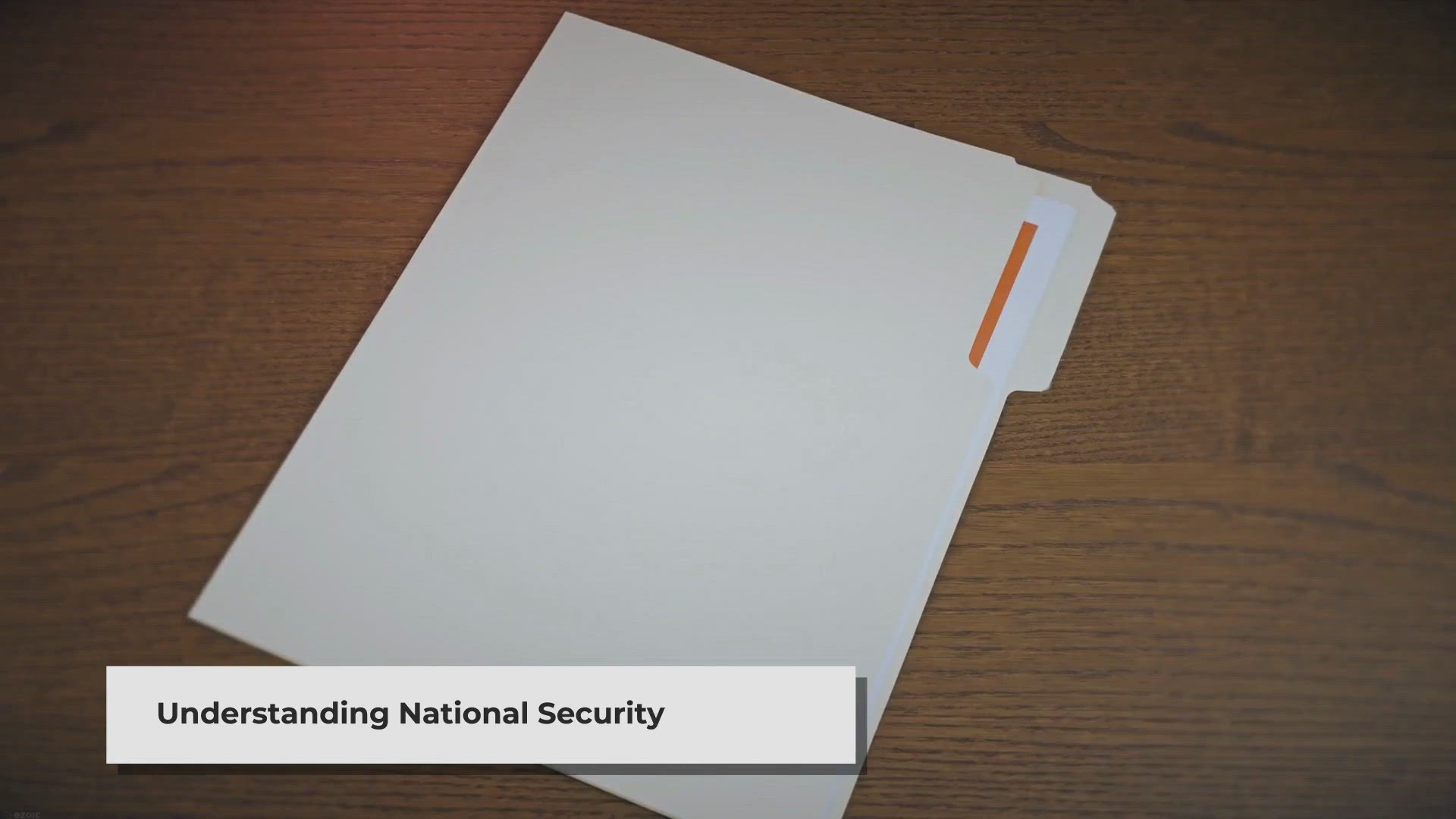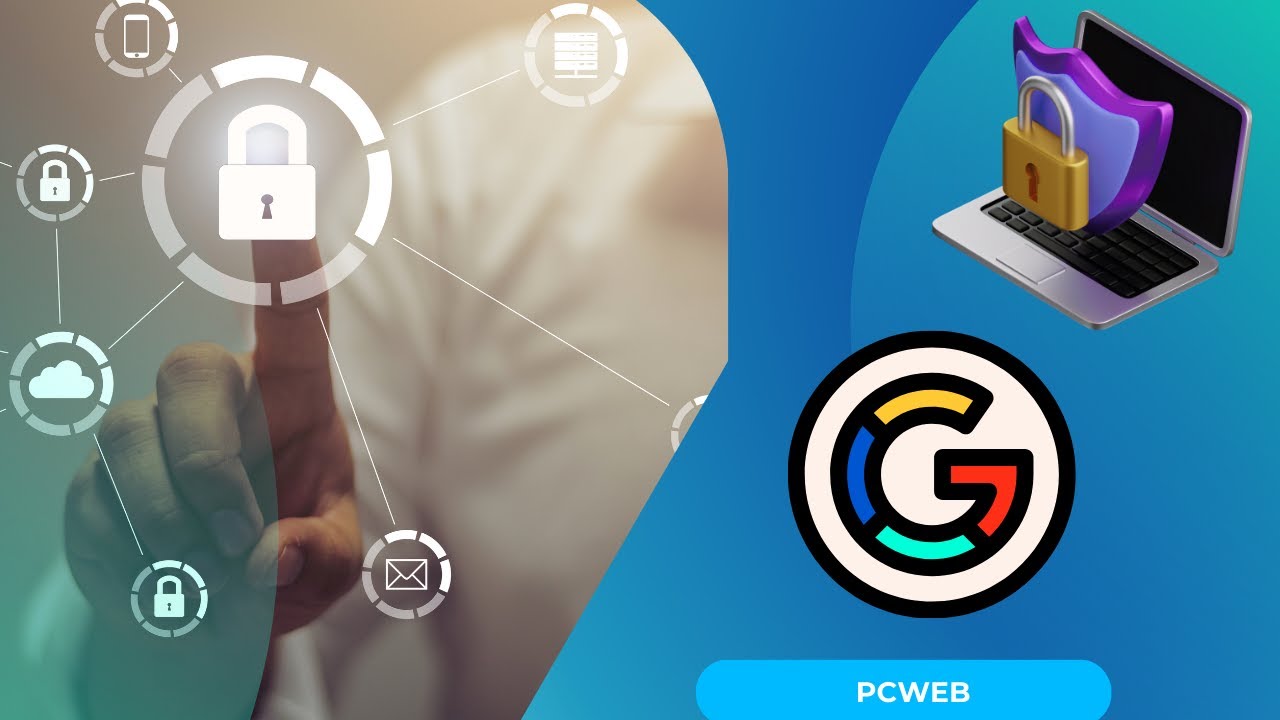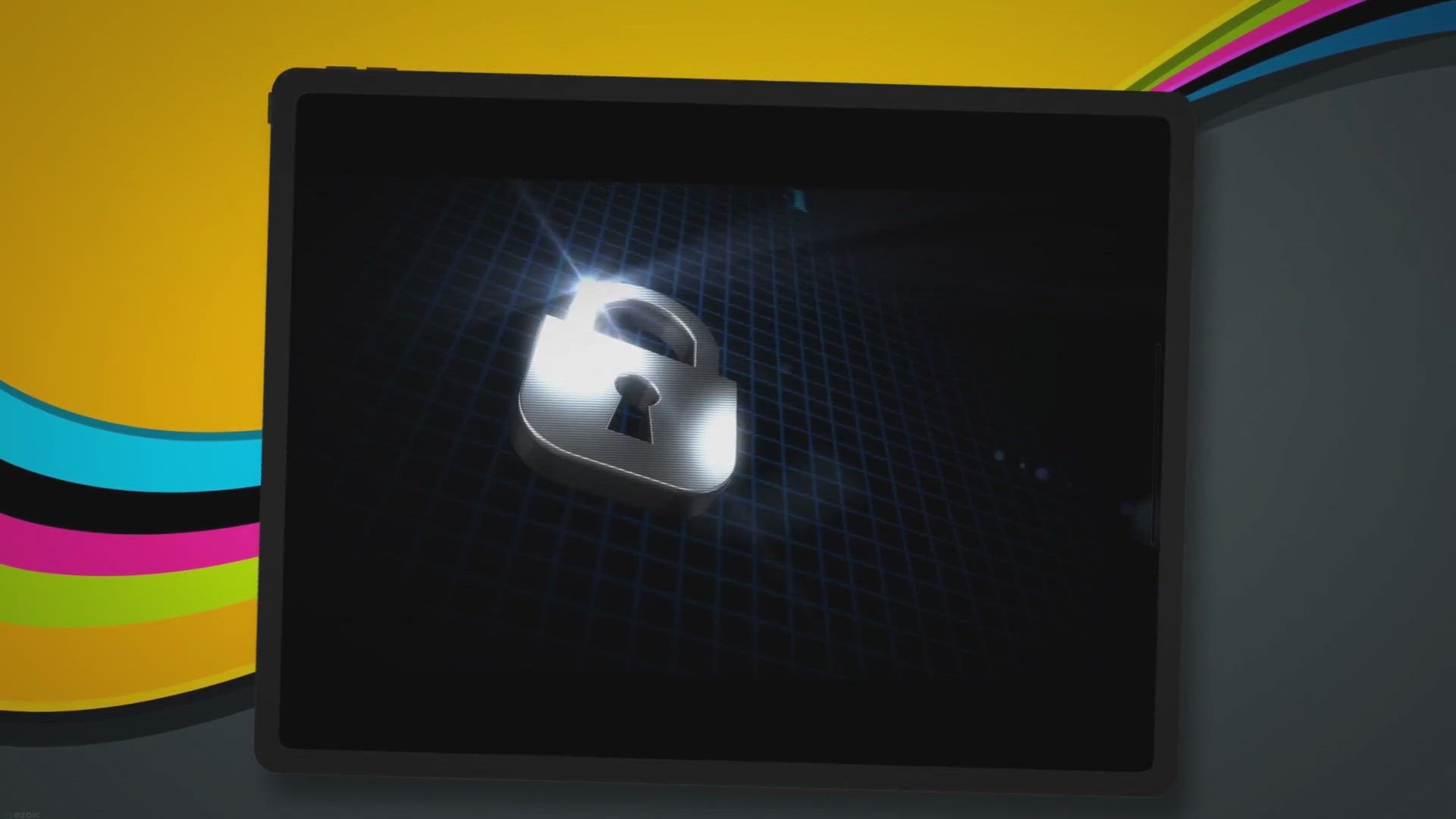
Enhancing Web Security with Port 80 and 443 Through Cloudfla...
1K views · Oct 8, 2024 pcweb.info
Enhancing Web Security with Port 80 and 443 Through Cloudflare Integration Have you ever wondered how some websites maintain impeccable security and lightning-fast performance? The secret often lies in the effective management of ports 80 and 443 through services like Cloudflare. Understanding how these ports operate within Cloudflare’s ecosystem can significantly boost your website’s accessibility and security. Port 80 and port 443 are fundamental to web traffic management. Port 80 is designated for HTTP traffic, facilitating standard, unencrypted communication between a user’s browser and your web server. In contrast, port 443 is reserved for HTTPS traffic, which encrypts data transmission, ensuring that sensitive information remains protected from potential threats. Cloudflare, a leading content delivery network and security service, leverages these ports to optimize and secure web traffic efficiently. When integrated with Cloudflare, port 80 and port 443 undergo enhanced management to provide both speed and security. Cloudflare acts as an intermediary between your website and its visitors, filtering out malicious traffic and caching content to reduce load times. By routing traffic through Cloudflare’s network, port 80 handles initial HTTP requests, which Cloudflare can then upgrade to HTTPS on port 443, enforcing secure connections across your site. This not only improves security but also enhances user trust, as visitors see the padlock icon indicating a secure connection. Configuring port 80 and port 443 with Cloudflare involves several key steps. First, you need to set up your domain with Cloudflare by updating your DNS settings to point to Cloudflare’s nameservers. Once this is done, Cloudflare automatically manages traffic on ports 80 and 443, providing SSL/TLS encryption for secure HTTPS connections. Additionally, Cloudflare offers flexible SSL options, allowing you to choose the level of encryption that best suits your needs, whether it’s full SSL, which encrypts traffic between the user and Cloudflare as well as between Cloudflare and your server, or flexible SSL, which only encrypts traffic between the user and Cloudflare. To maximize the benefits of using Cloudflare with ports 80 and 443, consider implementing best practices such as enabling HTTP/2 for faster load times, utilizing Cloudflare’s Web Application Firewall (WAF) to block malicious traffic, and regularly updating your SSL certificates to maintain robust security. Additionally, take advantage of Cloudflare’s caching features to reduce server load and improve website performance, ensuring that your site remains responsive even during high traffic periods. By effectively managing ports 80 and 443 through Cloudflare, you can enhance both the security and performance of your website. This integration not only protects your site from cyber threats but also ensures a seamless and trustworthy experience for your visitors. How have you utilized Cloudflare to manage ports 80 and 443 on your website, and what improvements have you noticed? Share your experiences and tips in the comments below. #CloudflareSecurity #WebOptimization #SecureYourSite

Port 80 and 443 Not Responding: Ensure Your Website's Ac...
5K views · Oct 8, 2024 pcweb.info
Port 80 and 443 Not Responding: Ensure Your Website's Accessibility and Security Have you ever tried accessing your website only to find that it’s unreachable, leaving both visitors and you frustrated? When ports 80 and 443 fail to respond, it can cripple your online presence, affecting everything from user experience to your site's security. Understanding why these essential ports aren’t responding and how to fix them is crucial for maintaining a reliable and secure website. Port 80 and port 443 are the backbone of web traffic. Port 80 is designated for HTTP traffic, enabling standard, unsecured communication between a user's browser and your web server. Port 443, on the other hand, is used for HTTPS traffic, which secures data transmission through encryption, protecting sensitive information from potential threats. When these ports are not responding, it typically indicates issues with server configuration, firewall settings, or network connectivity, all of which can prevent users from accessing your site or compromise the security of their data. Several common factors can cause ports 80 and 443 to stop responding. Server misconfigurations are a primary culprit, where incorrect settings in your web server software (like Apache or Nginx) can block these ports. Firewall rules may inadvertently block incoming or outgoing traffic on these ports, either on your server or at the network level, preventing legitimate traffic from reaching your site. Additionally, SSL certificate issues can disrupt port 443, causing HTTPS connections to fail if certificates are expired, misconfigured, or not properly installed. Network problems, such as DNS issues or ISP restrictions, can also lead to these ports becoming unresponsive, affecting the overall accessibility of your website. To resolve these issues, start by verifying your server’s configuration. Ensure that your web server software is correctly set up to listen on ports 80 and 443. Check your firewall settings to confirm that these ports are open and allowing traffic. Tools like iptables for Linux or the Windows Firewall settings can help you manage and troubleshoot these rules. For HTTPS issues, inspect your SSL certificates to make sure they are valid and properly installed. Utilize online SSL checkers to identify and fix any certificate problems. Additionally, monitor your network for any connectivity issues that might be affecting port responsiveness. Regularly updating your server software and maintaining proper security protocols can prevent these issues from recurring. Practical steps to keep ports 80 and 443 functioning smoothly include setting up automatic updates for your server software, implementing robust firewall rules that allow necessary traffic while blocking threats, and regularly renewing and validating your SSL certificates. Using monitoring tools can help you detect and address port issues promptly before they impact your users. By taking these proactive measures, you can ensure that your website remains accessible and secure, providing a seamless experience for your visitors. Have you experienced issues with ports 80 or 443 on your website, and how did you resolve them? Share your troubleshooting tips and experiences in the comments below. #WebsiteSecurity #PortTroubleshooting #WebServerFix

Optimizing Unraid Virtual Machines: Mastering Port 443 for E...
2K views · Oct 8, 2024 pcweb.info
Optimizing Unraid Virtual Machines: Mastering Port 443 for Enhanced Security Imagine your Unraid server as a high-security vault, where port 443 acts as the fortified entrance ensuring only authorized and encrypted traffic gains access. In the world of virtual machines, port 443 is indispensable for secure communications, making it crucial to understand its role and how to effectively manage it within Unraid. Port 443 is the standard port for HTTPS traffic, providing a secure channel for data transmission between clients and servers. In Unraid virtual machines, utilizing port 443 ensures that all web-based communications are encrypted, protecting sensitive information from potential threats. This level of security is essential for maintaining user trust and safeguarding your data, especially when hosting services like web applications, databases, or any platform that handles personal or financial information. Configuring port 443 in an Unraid virtual machine involves several key steps. First, you need to ensure that your virtual machine is set up to handle HTTPS traffic. This typically involves installing an SSL/TLS certificate, which encrypts the data transmitted through port 443. Unraid makes this process straightforward with its user-friendly interface, allowing you to easily manage certificates and apply them to your virtual machines. Additionally, proper firewall settings are essential to permit traffic through port 443 while blocking unauthorized access, thereby enhancing your server’s overall security posture. Beyond basic configuration, optimizing port 443 usage in Unraid involves monitoring and managing traffic to prevent potential bottlenecks or security breaches. Implementing robust monitoring tools can help you track incoming and outgoing traffic, detect unusual patterns, and respond promptly to any suspicious activities. Regularly updating your SSL/TLS certificates and keeping your virtual machine’s software up to date are also critical practices to maintain the integrity and security of your communications. Practical advice for managing port 443 in Unraid virtual machines includes setting up automated certificate renewal to avoid downtime caused by expired certificates. Leveraging reverse proxies can also help distribute traffic efficiently, ensuring that your virtual machines remain responsive and secure even under high demand. Additionally, consider using VPNs or other encryption methods for added layers of security, especially if your virtual machines handle highly sensitive data. Mastering the use of port 443 in your Unraid virtual machines not only fortifies your server against cyber threats but also ensures smooth and secure operations for your applications. By implementing these strategies, you can enhance the reliability and trustworthiness of your virtual environments, providing a safe and efficient experience for your users. How have you secured your Unraid virtual machines using port 443, and what challenges have you encountered in the process? Share your insights and experiences in the comments below. #UnraidSecurity #VirtualMachineSafety #SecureYourServer

Master "Cryptography I" on Coursera: Unlock the Secr...
2K views · Sep 5, 2024 pcweb.info
Master "Cryptography I" on Coursera: Unlock the Secrets of Data Security Have you ever wondered how your online transactions remain secure or how sensitive information is protected from prying eyes? In a world increasingly dominated by digital data, the art of cryptography is more relevant than ever. Imagine being able to understand and even apply the techniques that keep our digital world safe. "Cryptography I," offered on Coursera by Stanford University, is your gateway to this fascinating field. Cryptography, the science of securing information, is not just for mathematicians or computer scientists. It is a critical skill for anyone interested in cybersecurity, software development, or data protection. "Cryptography I," taught by Professor Dan Boneh, one of the world's leading experts in the field, provides a comprehensive introduction to modern cryptography. This course is designed to demystify complex concepts, making them accessible to anyone with a basic understanding of mathematics and programming. Why should you consider this course? First, let's look at its real-world applications. Cryptography is everywhere—it's in the encryption securing your emails, the protocols protecting your online banking, and even the blockchain technology powering cryptocurrencies like Bitcoin. By understanding cryptography, you are not only gaining a valuable skill but also insight into the very mechanisms that safeguard our digital existence. Professor Boneh's course breaks down the fundamentals of cryptographic techniques, from symmetric and asymmetric encryption to block ciphers and cryptographic protocols, ensuring a robust understanding of how data is secured. What makes "Cryptography I" particularly compelling is its hands-on approach. The course includes practical assignments that require you to apply cryptographic techniques, reinforcing your learning with real-world scenarios. This is more than just a theoretical exploration—it's about gaining the skills and confidence to implement cryptographic methods in your own projects or career. Professor Boneh's engaging teaching style, combined with a supportive learning community, ensures that you're never alone in your journey. The course is designed to be approachable, yet rigorous, catering to learners who are both new to cryptography and those looking to deepen their existing knowledge. Imagine the power you'll hold once you understand how to protect information and ensure data integrity. Start "Cryptography I" on Coursera today and share your learning experience in the comments below. How will mastering cryptography enhance your career or personal knowledge? What are you most excited to learn? #CryptographyCourse #DataSecurity #LearnCryptography

Understanding Alphanumeric Characters: Examples and Applicat...
379 views · Aug 9, 2024 pcweb.info
Understanding Alphanumeric Characters: Examples and Applications Alphanumeric characters are a combination of letters and numbers. This type of character set is widely used in computing, especially in programming, data entry, and information processing. Understanding alphanumeric characters is essential for fans of computers, as they form the foundation of various coding systems, including ASCII (American Standard Code for Information Interchange) and Unicode. Alphanumeric characters consist of the 26 letters of the English alphabet (both uppercase and lowercase) and the 10 digits from 0 to 9. These characters can be combined to form identifiers, passwords, and other strings necessary for various computer operations. Examples of Alphanumeric Characters Uppercase Letters (A-Z): Examples include A, B, C, up to Z. These are often used for variable names in programming, where case sensitivity is crucial. For instance, the variable "VarName" is different from "varname". Lowercase Letters (a-z): Examples include a, b, c, up to z. These are equally important in programming and data entry. In many programming languages, lowercase letters are used for keywords and commands. Digits (0-9): The digits from 0 to 9 are used extensively in computing for numerical operations, data indexing, and loop counters. For instance, the digit '7' in the string 'abc7' represents an alphanumeric character. Mixed Alphanumeric Strings: A combination of letters and digits forms mixed alphanumeric strings, such as "abc123", "UserID456", and "Passw0rd". These are commonly used in user IDs, passwords, and serial numbers. Applications of Alphanumeric Characters Alphanumeric characters are pivotal in various computing applications, including: Programming: In programming, alphanumeric characters are used to name variables, functions, and classes. For example, "int main123" in C++ or "def func45" in Python. Data Entry: Forms and databases use alphanumeric characters to capture and store information. For example, "JohnDoe89" might be a username in a database. Encryption: Strong passwords often combine alphanumeric characters to enhance security. For example, "P@ssw0rd123" is more secure than just "password". Identifiers: Unique identifiers like product codes, license plates, and social security numbers often use a mix of alphanumeric characters. For example, "AB1234CD". File Names: In operating systems, file names can be alphanumeric, allowing users to create easily recognizable names for their files. For example, "Report2024.docx". Formatting and Standardization In many systems, alphanumeric characters follow specific formatting rules. For example, in the ASCII standard, each character is assigned a unique numerical value. This standardization allows computers to process and display text consistently. Moreover, Unicode extends the ASCII standard by including characters from multiple languages and symbols, making it possible to handle a vast range of alphanumeric characters globally. Conclusion Understanding alphanumeric characters and their applications is fundamental for anyone interested in computing. These characters are integral to programming, data management, encryption, and more. As technology continues to evolve, the role of alphanumeric characters remains critical in ensuring efficient and secure computer operations. Watch more videos like this in the associated playlist or the recommended video in the description of the video you just watched. See more: Best OLED Monitor 2024: Top Picks and Features https://youtu.be/HxjJNTdzVVk

Password Protect Windows 11 Folders- video blog
2K views · Mar 8, 2024 pcweb.info
Password Protect Windows 11 Folders- video blog. Password protecting folders adds an extra layer of protection, preventing unauthorized access and keeping your files safe from prying eyes. Method 1: Built-in Windows Encryption

How to Remove PDF Passwords: Video blog
952 views · Mar 7, 2024 pcweb.info
How to Remove PDF Passwords: Video blog. Sometimes, however, you might encounter a PDF file protected by a password, which can be frustrating when you need to access, edit, or print the content. Fortunately, there are several ways to remove passwords from PDFs, and in this guide, we'll walk you through the different methods.

Certificate ISO 27001: Ensuring Information Security
4K views · Feb 27, 2024 pcweb.info
In this video, we delve into the significance of ISO 27001 certification. We explore its benefits, the certification process, and how it helps organizations safeguard their information assets. Join us to understand why ISO 27001 is a crucial standard in today's digital landscape.

National Security Day: Safeguarding Our Nation's Interes...
8K views · Feb 6, 2024 pcweb.info
National Security Day is a time to reflect on the importance of protecting our nation. Join us as we delve into the various aspects of national security and the measures taken to ensure our safety.

Google Cybersecurity Professional Certificate: video blog
18K views · Jan 25, 2024 pcweb.info
Google Cybersecurity Professional Certificate: video blog. With the increasing number of cyber threats, the demand for skilled cybersecurity professionals is at an all-time high. Recognizing this need, Google has introduced the Google Cybersecurity Professional Certificate. This program aims to equip learners with the necessary skills and knowledge to embark on a career in cybersecurity.

Cybersecurity in Government: Protecting Sensitive Data
19K views · Nov 17, 2023 pcweb.info
In this video, our consulting expert dives into the world of cybersecurity in government. Learn about the challenges, strategies, and best practices to safeguard sensitive data.

Use of strong passwords
3K views · Mar 11, 2023 pcweb.info
Use of strong passwords The use of strong passwords is essential to protect your personal information and your online accounts. Here are some recommendations for creating strong passwords: Use a combination of characters: Use a combination of uppercase letters, lowercase letters, numbers, and symbols to create a stronger password.

Make a security copy
11K views · Feb 27, 2023 pcweb.info
Make a security copy To perform a backup, you can follow these general steps: Select the files and folders you want to copy.

Example of alphanumeric characters
12K views · Jan 11, 2023 pcweb.info
Abbreviated alphanumeric characters are by definition a set of characters consisting of numbers and letters; This class of characters is used most of the time in computers, it is the main language of these; A simple street address in a city, for example, includes alphabetic characters, numbers, and special characters, street, city, state, zip code, among others. https://pcweb.info/alphanumeric-characters-example/